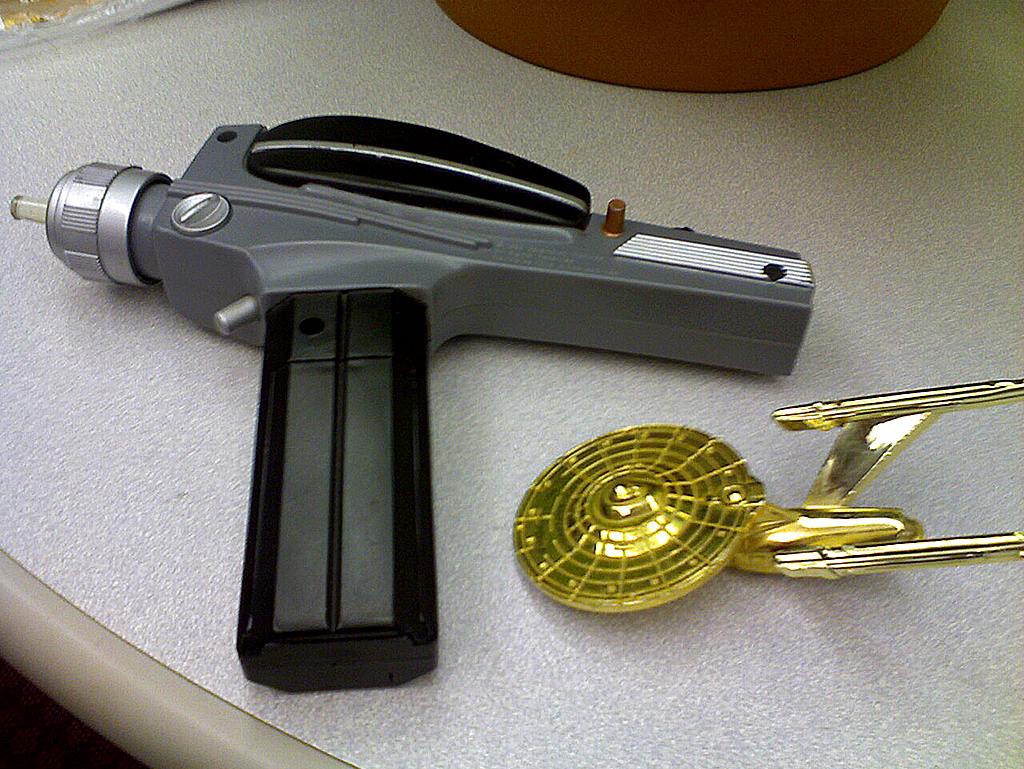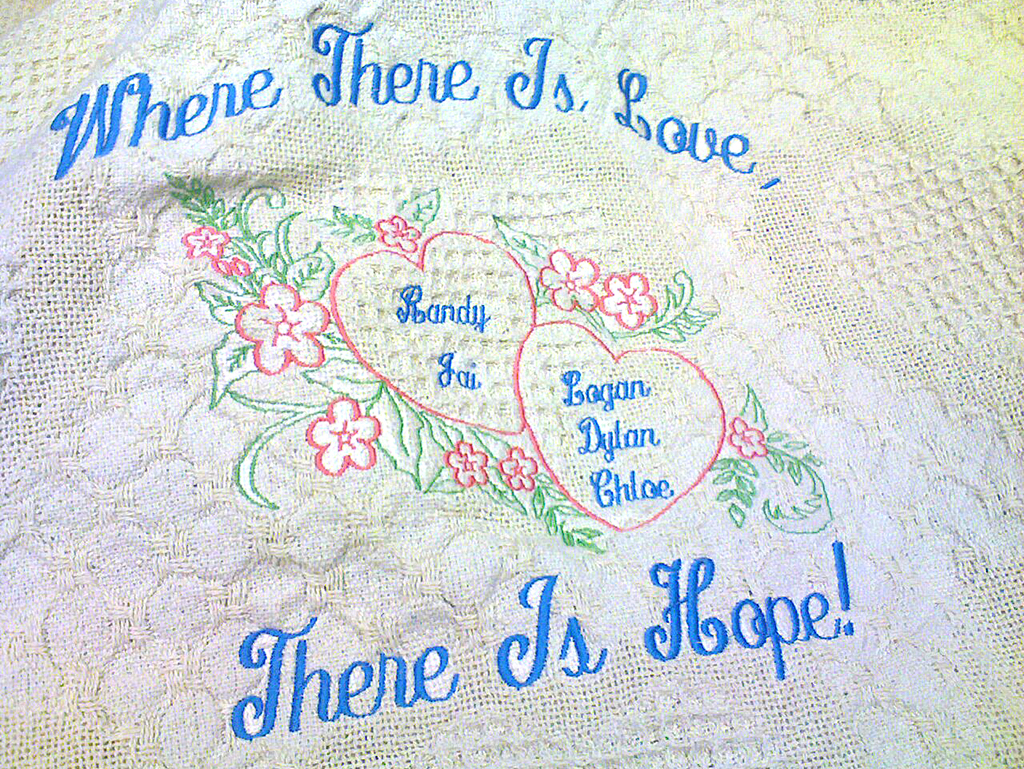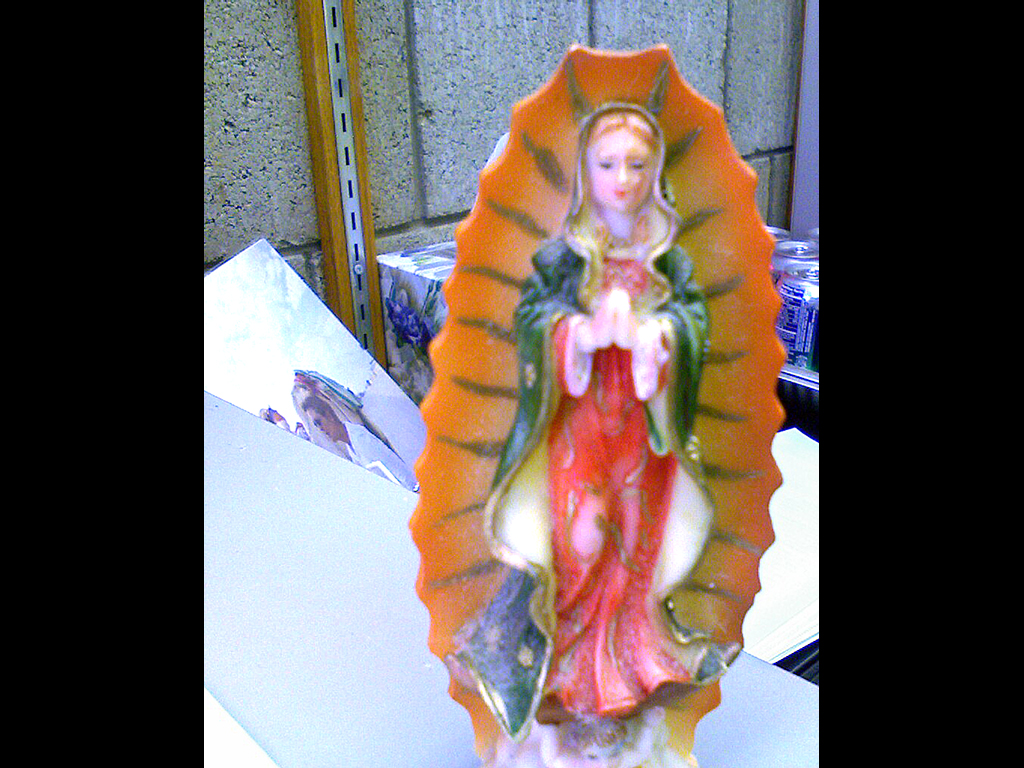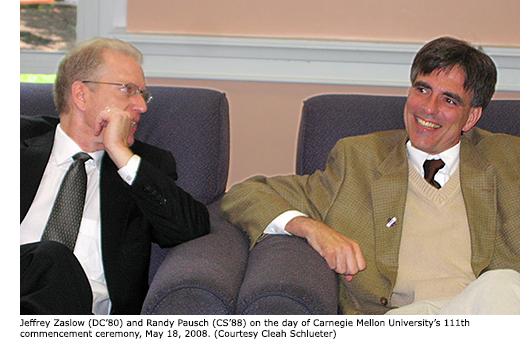
www-team |
Remembering Randy Pausch To the day he died, CMU professor Randy Pausch (CS'88) was convinced that "Really Achieving Your Childhood Dreams" wasn't his best lecture. He was much prouder of his lecture on time management. Tens of millions of people would disagree. In late 2007, as Pausch's "last lecture" spread around the world via email, social media and news broadcasts, tributes poured into his CMU office. By early 2008, Pausch reported receiving more than 6,000 emails from people who said his lecture had (in Pausch's words) inspired them to "stop feeling sorry for themselves." Thousands of people also sent cards, letters and packages in the months before Pausch's death on July 25, 2008. Cleah Schlueter, project coordinator for the Alice team, has carefully saved more than 500 of those letters and cards, which have never before been made public. 


























































A Carnegie Mellon professor of computer science, human-computer interaction and design, Pausch was a larger-than-life presence whose sense of humor, lanky frame and animated style of discussion reminded some people of comedian Jim Carrey. A graduate of Brown, Pausch earned his Ph.D. at CMU and taught at the University of Virginia before returning to Carnegie Mellon in 1997. He created and led development of Alice, a software package designed to teach young people the principles of computer programming. An award-winning educator, author or co-author of six books and 70 research papers, and co-founder of CMU's Entertainment Technology Center, Pausch was well-known for his "Building Virtual Worlds" class in computer animation, whose end-of-semester student shows attracted hundreds of curious spectators. In the summer of 2006, Pausch began experiencing unusual medical problems that caused him to see a doctor. Tests confirmed that he had pancreatic cancer. Radical surgery was performed to remove a tumor, his gallbladder, part of his pancreas and stomach, and several feet of his small intestine. But in August 2007, doctors gave Pausch terrible news; the cancer had returned, this time in his liver and spleen. It was inoperable. Chemotherapy would buy him, at best, some time. One month later, on Sept. 18, 2007, Pausch was asked to present a lecture as part of CMU's "Journeys" series. It had been previously been called "the last lecture," a series in which faculty members would deliver what would be their "final lesson" if they knew they didn't have long to live. (The irrepressible Pausch quipped, "Damn, I finally nailed the venue and they renamed it.")  Zaslow and Pausch eventually adapted the lecture into a book that remained on the New York Times bestseller list for 80 weeks. As of September 2012, the lecture itself has been viewed 15 million times on YouTube, and downloaded by millions of others from iTunes and other file-sharing sites. Tragically, Zaslow died in a car accident Feb. 10, 2012 in Michigan. He was 53. More about Randy's legacy: http://www.cmu.edu/randyslecture/ Watch "Really Achieving Your Childhood Dreams": http://www.youtube.com/watch?v=ji5_MqicxSo Randy's website (archived): http://www.cs.cmu.edu/~pausch/ |